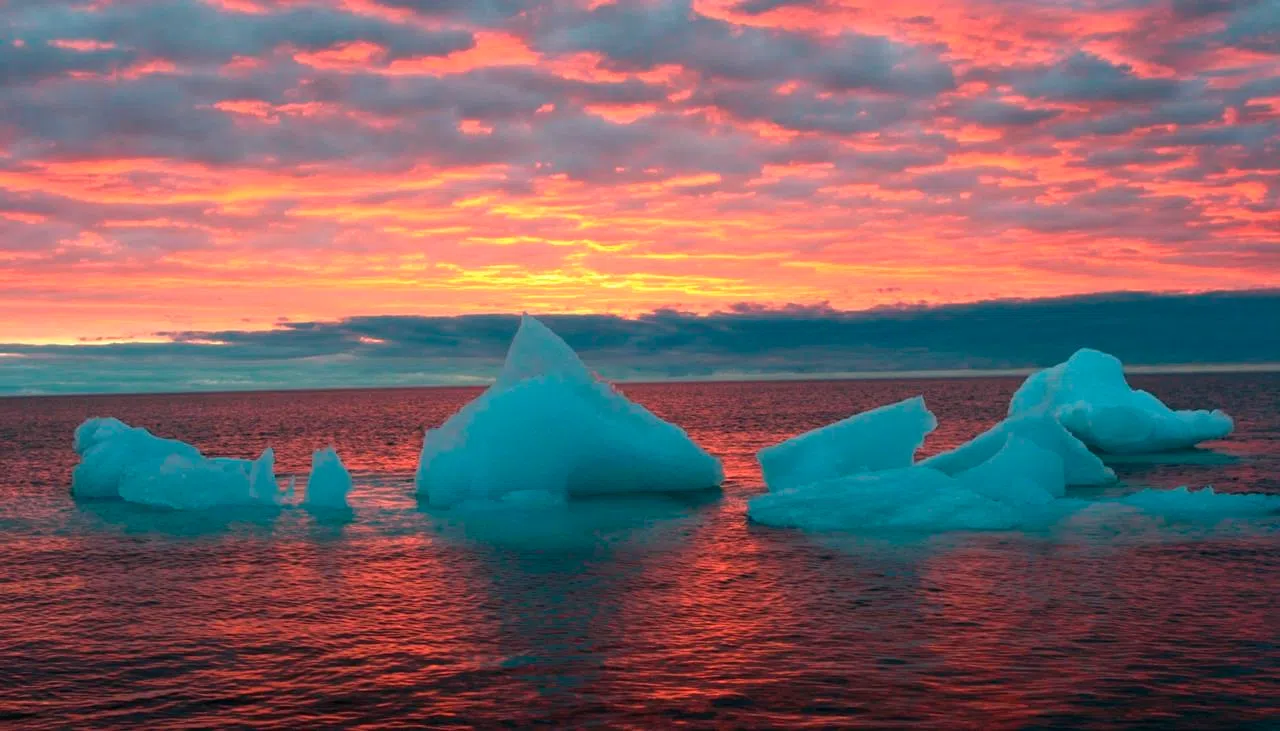
Large area of acidified water found in western Arctic Ocean
Scientists have found the world’s first large-scale area of acidified water in the open ocean in the seas of the western Arctic.
“In other (oceans), you may have a small part with low pH, but the Arctic Ocean is the first one we have observed with a larger scale acidification,” said Wei-Jun Cai of the University of Delaware, co-author of a paper recently published in the journal Nature Climate Change.
Ocean acidification is related to increasing levels of atmospheric carbon dioxide. Waters grow more acidic as they absorb gas from the air.
Previous research has suggested the Arctic Ocean is acidifying faster than any other ocean on Earth. Cai and his colleagues were able to map the rate of that change in the water of the Canada Basin by comparing data from the mid-1990s with that up to 2010.



